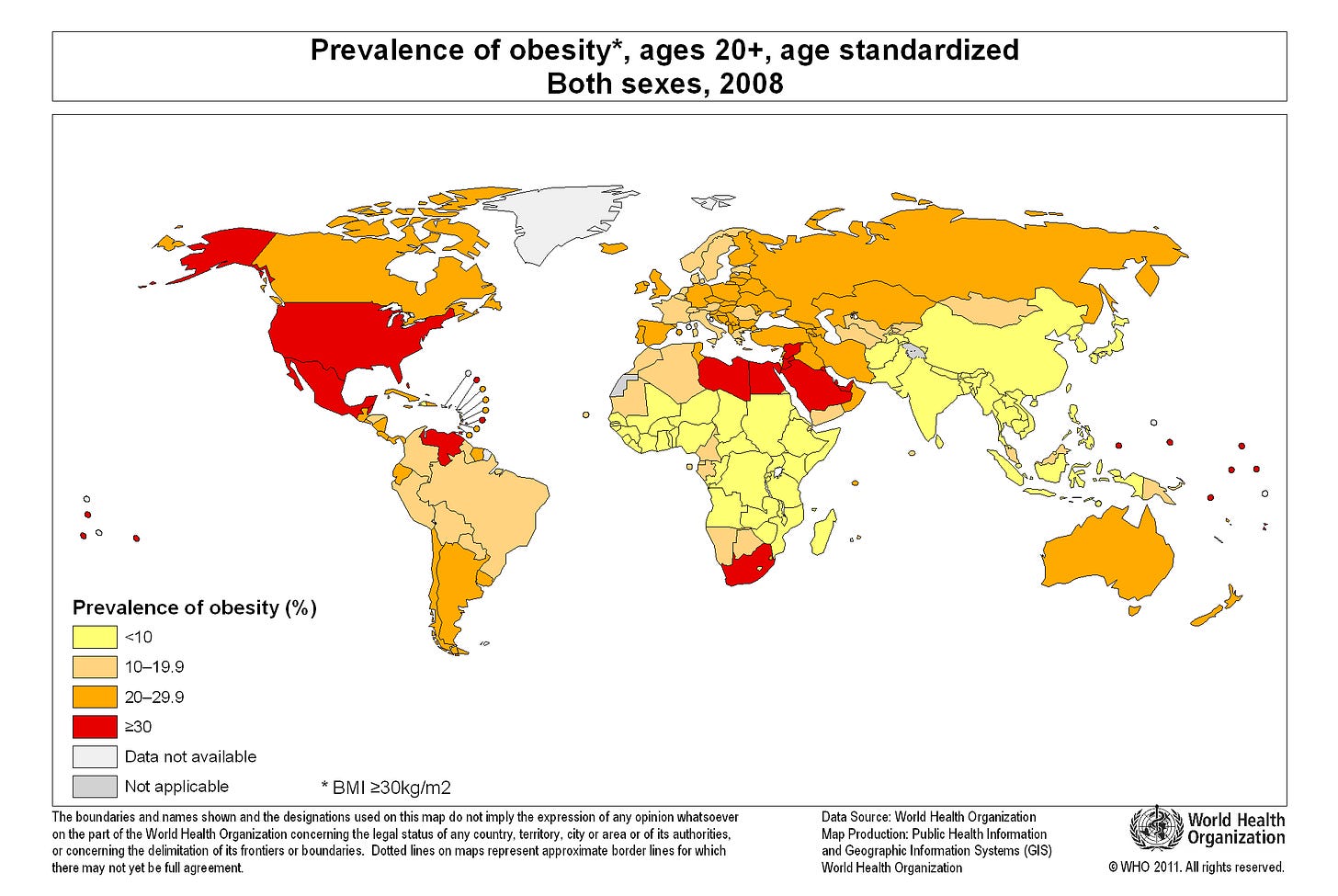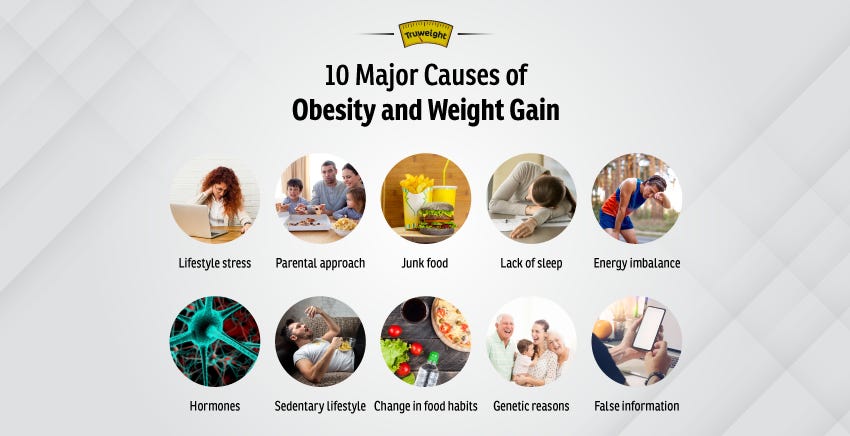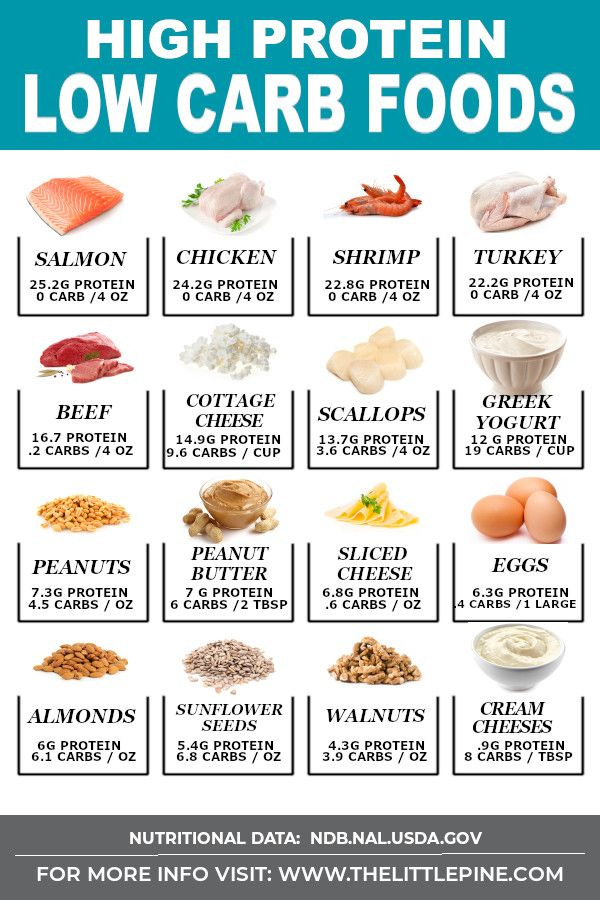
Obesity and overweight are prevalent, and considered an epidemic in the Western world. Not only are the conditions widespread, overweight and obesity are also associated with high rates of morbidity and mortality (Meckling & Sherfey, 2007). Inactivity, in addition to poor nutrition, contributes to the aforementioned conditions, and is estimated that over 57% of Canadians are sedentary (Meckling & Sherfey, 2007).
Exercise and modified nutrient consumption (i.e., low fat/high carbohydrate diet, and a high fat/low carbohydrate diet) has helped improve biomarkers such as blood lipids, and insulin sensitivity, respectively (Meckling & Sherfey, 2007). However, it remains unclear if high protein/moderate fat/low carbohydrate diets + resistance training can improve weight loss, in addition to the other aforementioned biomarkers. The following will explore the efficacy of a high protein/low fat/low carbohydrate approach, with and without the presence of exercise.

Meckling and Sherfey (2007) recruited 60 (44 completed the experiment) overweight and obese adult females for a 12-week diet and exercise study. Resting metabolic rate (RMR) sub-maximal exercise test, urinary nitrogen through 24 h urine collection, and blood samples were measured at baseline and week 12. Bioelectrical impedance analysis (BIA) was measured at baseline, as well as week 6 and week 12. Body mass, blood pressure, and resting heart rates were assessed weekly (Meckling and Sherfey, 2007). 4 weight loss protocols were implemented: control diet (CON), control diet plus exercise (CONEx), high protein diet (HP), high protein diet plus exercise (HPEx) (Meckling and Sherfey, 2007).
Exercise groups trained 3 days a week with a combination of resistance and endurance exercise. CON and CONEx groups were instructed to consume 1g protein/3g carbohydrate bodyweight while the HP and HPEx groups consumed 1g protein/1g carbohydrate. Despite macronutrient ratios, all groups experienced a 500 kcal/day decrease in caloric consumption to induce weight loss (Meckling and Sherfey, 2007). Finally, all groups were provided educational counseling as well as recipes, food tables, and food diaries to track macronutrient intakes (Meckling and Sherfey, 2007).

Results indicated that all 4 groups lost weight over the 12-week study period; CON -2.1kg, CONEx – 4.0kg, HP – 4.6kg, HPEx – 7.0kg (Meckling and Sherfey, 2007). The most statistically significant difference in weight loss was in the HP and HPEx group. Additionally, the HPEx group had the highest lean body mass and the lowest fat mass, most likely from the combined effects of diet plus exercise (Meckling and Sherfey, 2007). Interestingly, the HP group lost more weight (i.e., 2.5kg) than the CON group, despite similar caloric restrictions. Similar results were also found among the CONEx and HPEx groups; the HPEx group lost 3kg more than the CON group (Meckling and Sherfey, 2007).
Changes in blood lipid profiles in all groups were modest, however, total triglyceride reduction was highest and of statistical significance in the HPEx group (Meckling and Sherfey, 2007). Of particular interest were the reports from the HP and HPEx groups; participants noted a failure to maintain a 1:1 ratio for protein to carbohydrate consumption due to high degree of satiety, and an inability to consume more protein-rich foods (Meckling and Sherfey, 2007). Such insight might indicate the utility of high protein diets to attenuate sensations of hunger during weight management programs, in addition to the benefits of accelerated fat loss and maintenance of lean muscle mass.

Obesity and overweight are conditions that have the potential to create serious illness and disease. However, evidence strongly indicates that nutritional and exercise interventions have legitimate merit in attenuating the aforementioned conditions. Not only does high protein/moderate fat/low carbohydrate diets reduce risk of disease, they also have the potential to circumvent sensations of hunger, commonly associated with some dietary interventions. When fused appropriately, evidence-based nutrition and exercise protocols have the potential of expediting both weight loss and blood lipid profiles in a favorable, and safe, manner.
References
Meckling, K.A., & Sherfey, R. (2007). A randomized trial of a hypocaloric high-protein diet, with and without exercise, on weight loss, fitness, and markers of the metabolic syndrome in overweight and obese women. Applied Physiology, Nutrition & Metabolism, 32(4), 743-752.
-Michael McIsaac
